The intrinsic energy of a particle is the main ingredient for the mass. This intrinsic energy holds the atom tightly; thereby, particles and elements get mass which we see as elements in our everyday life. How energy is related to mass? Philosophy is the father of science. Nature is the primary teacher of the philosophers. Indian saints and sages irrespective of their religious beliefs tried to convey one message that ‘we came from NOTHING and everything is MAYA (virtual)’. A great many philosophers from all walks of life gave us their view of Nothingness. Even many of them had a scant belief on anti-matter, a mirror image of matter. As per ancient Vedic texts, the birth of Jalandhar, the demon son of Shiva was the same as the process of creation of antimatter in modern physics.
Did matter and antimatter cancel out to nothing? No, it results in the emission of energy. It took quantum physics until 1932 to find anti-matter. This particle, which is called the positron, is the antiparticle of the electron. Nature, even for its own existence allowed a little more matter than anti-matter at the time of big bang; otherwise, everything would annihilate and we would not be here to talk about nature or GOD. Empty (NOTHING) is not so empty; it is full of energy fields gifted by nature. Modern scientists understand the process of the conversion from mass to energy and energy to mass at a most fundamental level.
Ancient people visualized the sources of energy that came from water, air, fire, and earth. Ancient people were happy to utilize those energy sources in real life. Gradually human beings started to find out useful metals, gas, and oily substances. To gain power over others, greed drove human beings to utilize all available energy sources for war, killing and, destroying nature. During the development of classical physics and mechanics scientist were not fully aware of the intrinsic power of mass in a mathematical form. Competition drove society to understand more of the natural elements. Scientists worked harder and harder for the zeal of knowledge. It took years when they deciphered molecular structures of elements. They had envisioned and pictured a tabular format of elements called a periodic table for the properties and intrinsic characteristics. We are quite familiar with this table. The classical physics and chemistry gave humanity a better life.
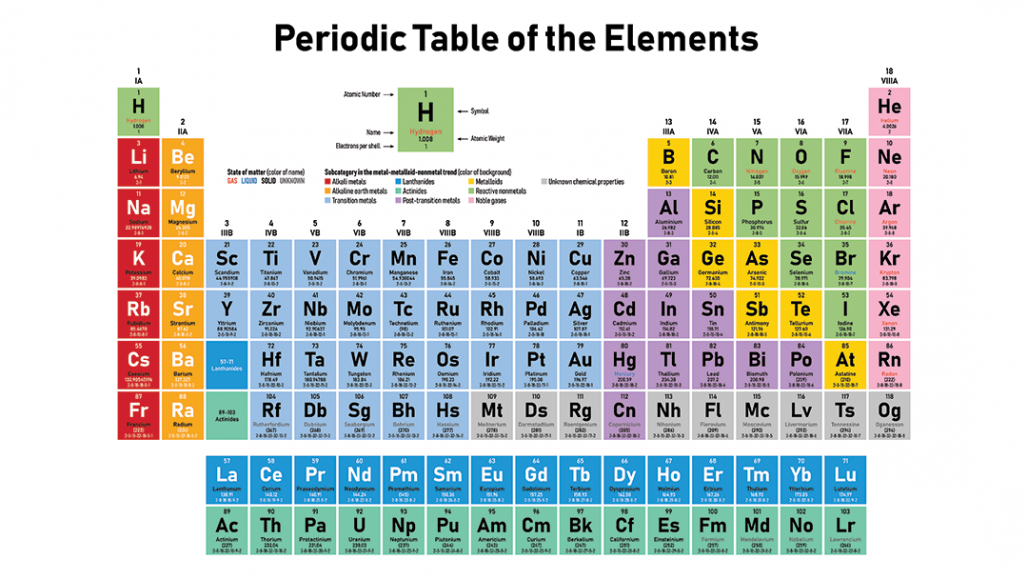
Courtesy of Google
Science and technology took a big leap in the modern era. They understand the deeper meaning into the smallest ingredient, finding ways to smash the known components further and further into its fundamental constituents. They uncovered more energy is hidden into the smallest part. Nuclear physicists found huge binding force/energy to the smallest constituents of matter. Human beings started engineering and utilized the knowledge for the benefit of humanity. But power-hungry human beings came into serious competition thus creating devices to kill and destroy the entire society and humanity. I think there is a realization that we are in the last period of mass extinction which drives a big thrust in science and technology – how to escape to outer space? Don’t worry we have enough time to correct ourselves. Good will always prevail over bad.
Particle physicists found over 100 subatomic particles in the laboratory. As science understands more and more of the fundamental particles, they group them together and create a simple table named standard model, way less complex than the periodic table.
Standard Model
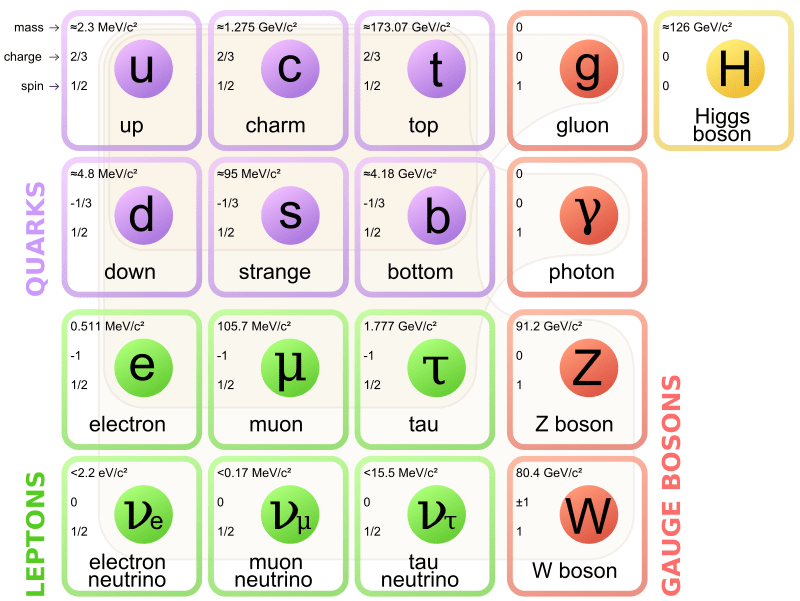
Courtesy of Google
Over 100 years ago scientist realizes that Atom consists of Proton, Neutron, and electron. For the last 60 years, particle physicists found many more subatomic particles.
In 1960 particle physicists found Proton and neutron are made of up and down quarks. Electron is the fundamental particle so, we are made up of these three fundamental particles up, down quarks and electrons. However, particle physicists started to find many subatomic particles in the laboratory as well.
To be continued in Part 2.










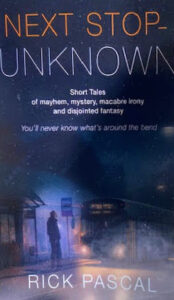

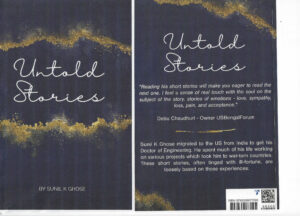

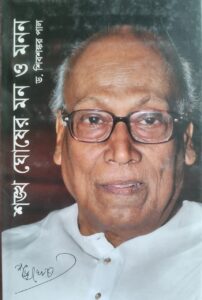

Comments »
No comments yet.
RSS feed for comments on this post. TrackBack URL
Leave a comment